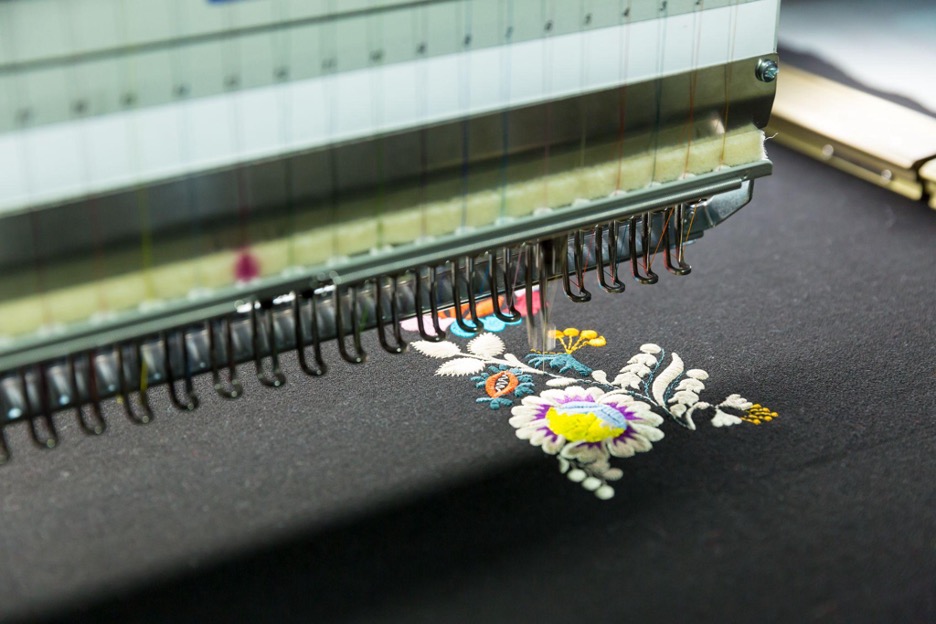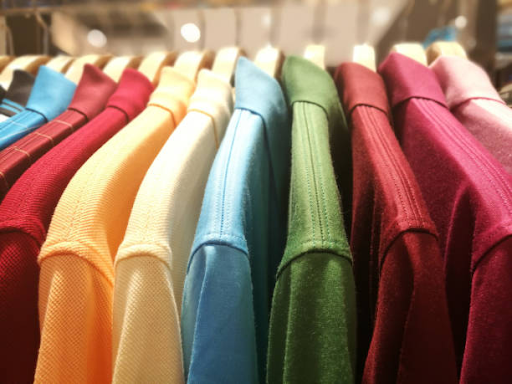Embroidery is a type of craft or an art form that involves decorating fabric using thread and needles. Clubs, organisations, and other businesses can now display custom artwork, titles, and logo designs employing embroidery techniques to highlight their branding. Machine-made and unique embroidery methods include counted thread embroidery, whitework technique, candle wicking embroidery, shadow work embroidery, and many others.
Let’s take a quick look at the various types of embroidery techniques below:
1. Counted thread embroidery
For each stitch, this embroidery technique counts the thread in the fabric. As a result, symmetrical stitches are created. One of the most popular counted thread embroideries is the cross-stitch – a common method is blackwork embroidery.
2. Outline embroidery
The design outline in this embroidery technique is generally done using various stitches such as the chain stitch, back stitch, stem stitch, and outline stitch. The stitch is formed by overlapping the backstitches and forming a new pattern in this manner.
3. Whitework embroidery
Whitework embroidery, also known as French Laid work, is primarily done on white fabric using white floss. Embroidery techniques such as Broderie Anglaise, shadow work, and others are always included in this method.
4. Candlewicking embroidery
Candlewicking is a type of whitework embroidery that uses a technique that is unique to it. This needlework is usually done with an unbleached thick cotton thread on unbleached muslin. Candlewicking is referred to as a ‘traditional embroidery technique’ because it employs an old method known as the ‘colonial knot’, which are constructed on the design line.
5. Patchwork embroidery
In this technique, the small pieces of cloth are typically assembled on another fabric substrate. They’re frequently put together in an appealing manner. This technique employs the use of machine or hand stitches. The patchwork technique is used to produce a more dramatic impression, and you can enhance your design with any style of stitch. This embroidery technique is widely used to adorn quilts.
6. Shadow work embroidery
Herringbone stitch is used in shadow work embroidery and is commonly employed on semi transparent or transparent textiles. As a result, the shadow work is beautifully visible on the fabric’s face. Georgette, voile, lawn, organza, organdie, batiste, muslin, and other sheer or semi-sheer lightweight fabrics are commonly stitched with this method.
7. Fish scale embroidery
Fish scale embroidery is a type of embroidery that uses the scales of goldfish to create designs. The majority of the stitching is done on velvet. After preparing the fish scales, holes are drilled into the base of each scale. It can then be used to embroider the fabric.
Embroidery can be done with a sewing machine or by hand. This process is extremely cost-effective and reliable when compared to digital printing and other printing technologies. Each embroidered item can reflect your style thanks to the great combinations of cloth, stitches, and thread.




